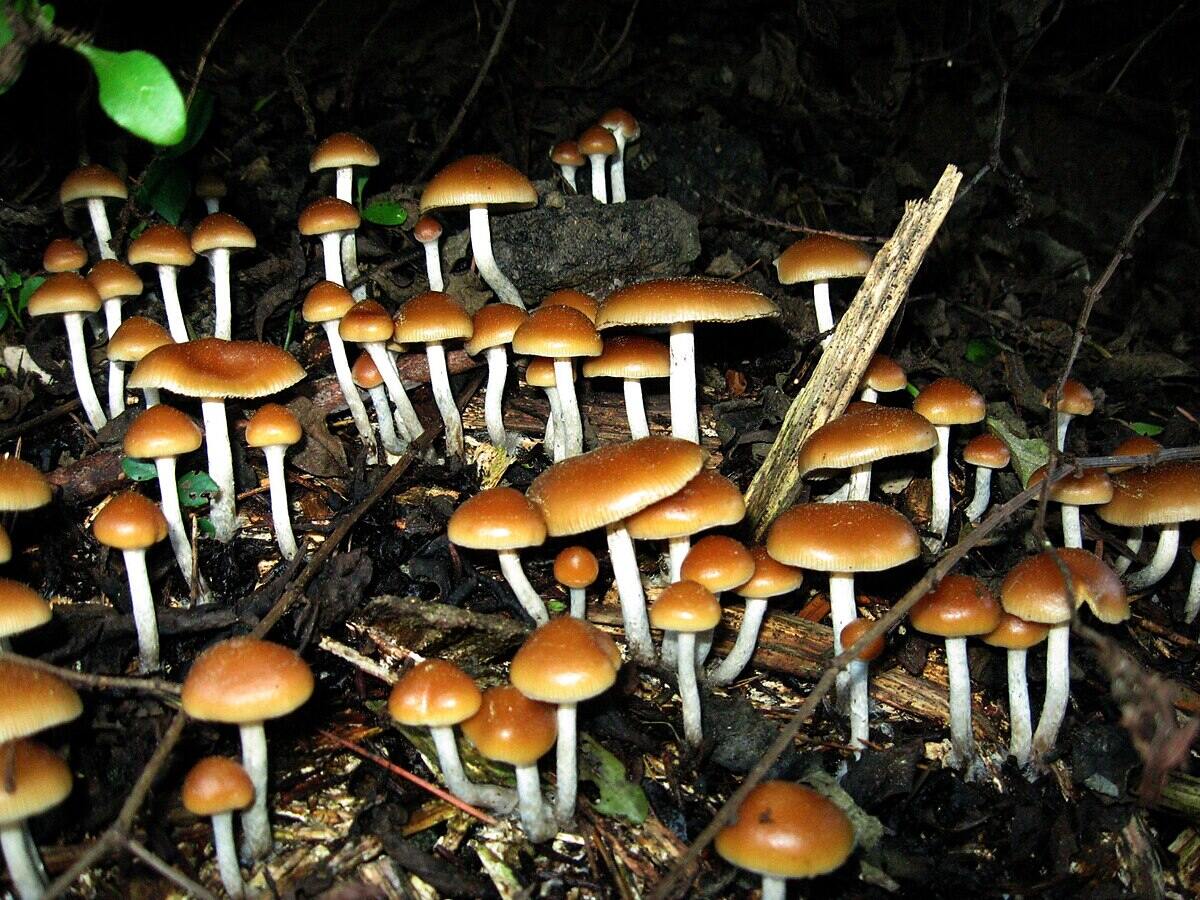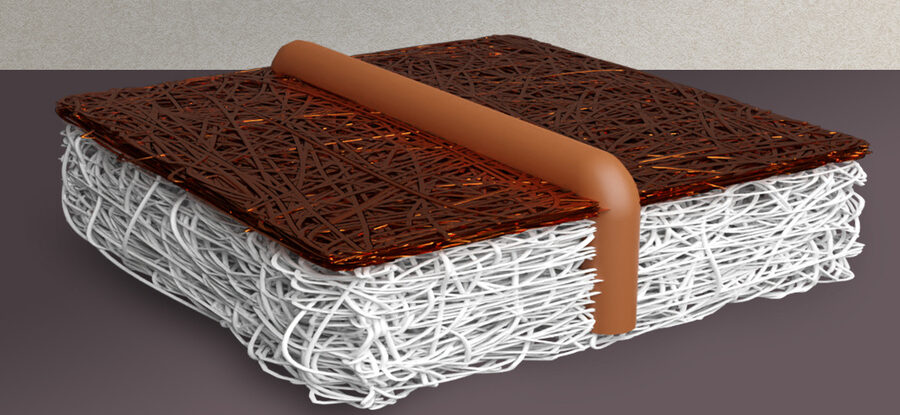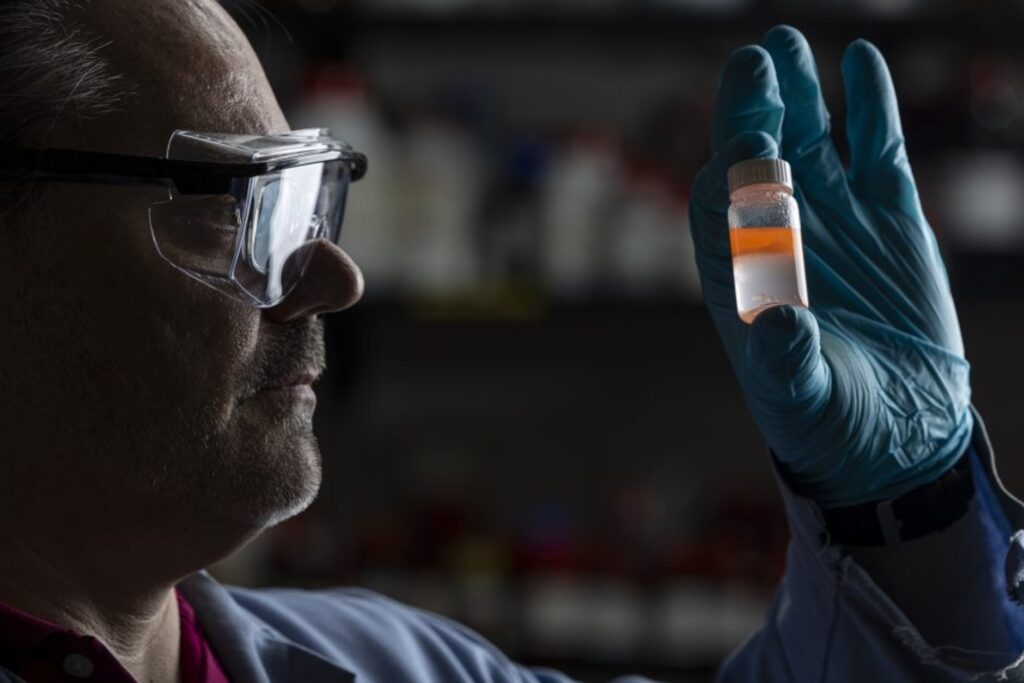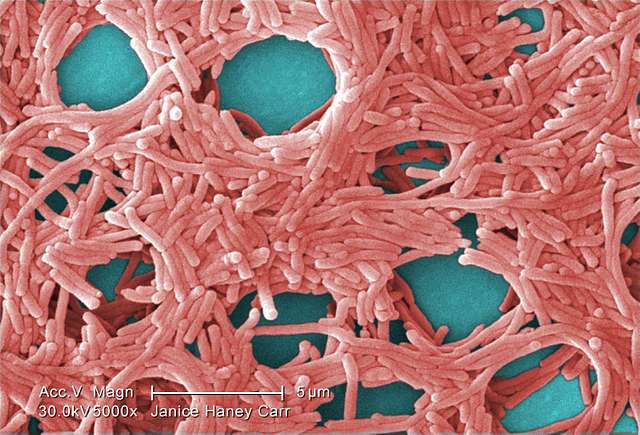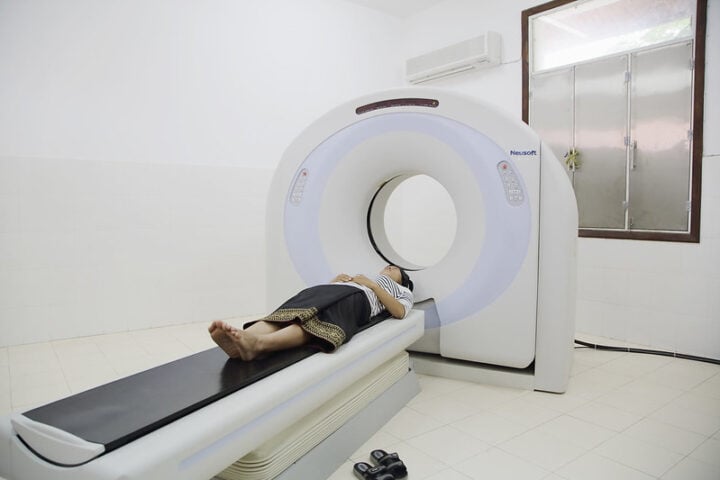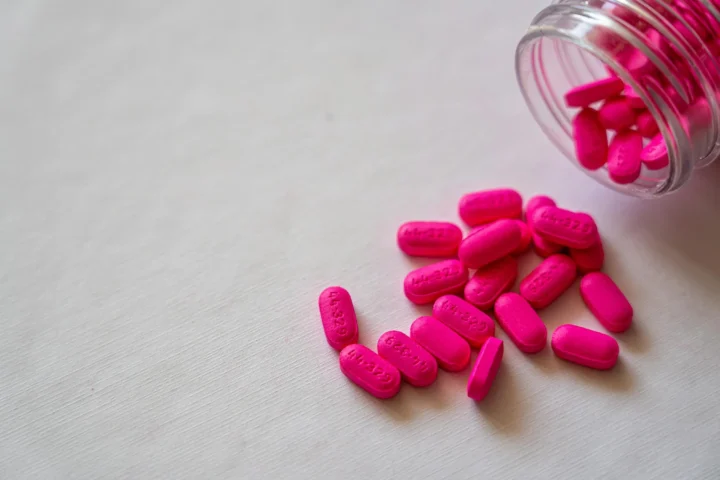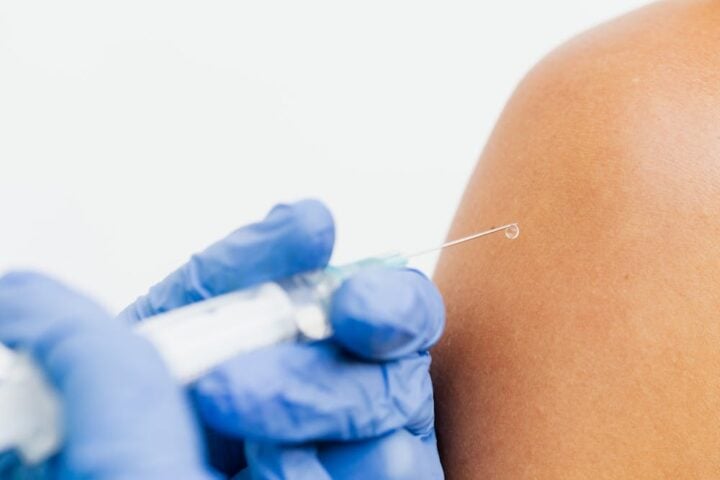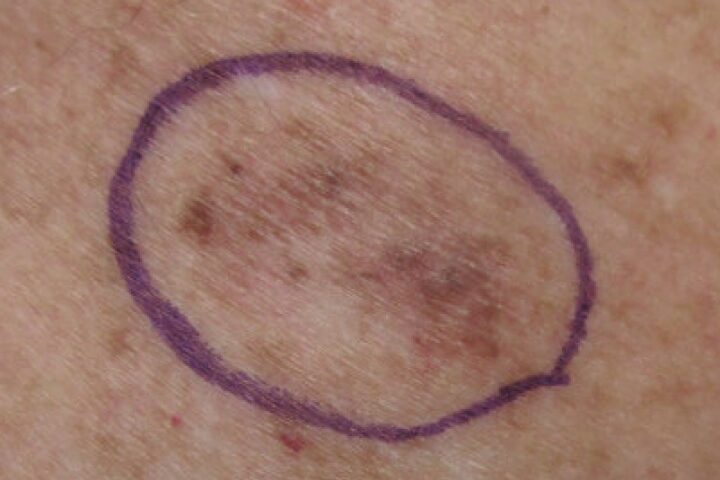Hebrew University scientists have documented sustained effects of psilocybin, a special kind of mushroom, on compulsive behaviors lasting up to seven weeks after a single dose with its extract. The research, published in Molecular Psychiatry on November 3, 2024, used SAPAP3 knockout mice, which displayed OCD-like symptoms.
“Understanding that over 40% of OCD patients don’t find relief with current treatments, our findings are crucial as they suggest a new way to help these individuals,” says Prof. Bernard Lerer, lead researcher at the Hadassah-Hebrew University Medical Center. OCD affects 2-3% of the US population, while similar Tourette’s syndrome impacts 1% of children. Standard treatments typically require daily medication.
The study examined 50 genetically modified mice exhibiting excessive grooming behaviors and anxiety patterns similar to human OCD symptoms.
The quantitative results showed precise measurement of therapeutic effects: mice receiving psilocybin experienced a 14.60% decrease in grooming behaviors, while those treated with mushroom extract showed a 19.20% reduction. The control group demonstrated a 118.71% increase in symptoms.
Safety of the treatments varied among treatment groups. The vehicle control group, in which a mixture of solvents without the psilocybin. 5 mice from this group developed skin lesions; the psilocybin treatment group had 4 cases, while the mushroom extract group reported zero lesions. The research team administered a 4.4 mg/kg dose, equivalent to approximately 25 mg in humans.
These mice were evaluated every 2, 12, and 21 days post-treatment, with extended follow-up to seven weeks for responding subjects.
Technical analysis revealed mechanisms involving fronto-striatal circuits and glutamatergic pathways. The SAPAP3 gene deletion affects postsynaptic density proteins, while the additional compounds, including baeocystin, norbaeocystin, and aeruginascin in mushroom extract, are suspected to play some role.
Similar Posts
Previous research context proves relevant: Moreno et al.’s 2006 pilot study first explored psilocybin for OCD, showing acute effects lasting 24 hours. A 2023 body dysmorphic disorder pilot study by Schneier et al. suggested therapeutic potential of psilocybin for related conditions.
Human clinical trials for pilocybin will face several challenges. First, dose optimization studies must address individual response variations. Next, the role of additional compounds in mushroom extract requires investigation. Long-term safety assessments remain crucial.
The research team utilized multiple behavioral assessments: marble burying tests, open field tests, and elevated plus maze evaluations. These measurements provided comprehensive data on anxiety and compulsive behaviors.
Hebrew University, ranked 81st globally by Shanghai Ranking, continues advancing psychedelic research through its Hadassah BrainLabs Center.
For OCD and Tourette’s patients seeking new treatment options, these findings present possibilities while maintaining scientific caution. The path to human trials requires careful navigation of regulatory requirements and ethical considerations.
